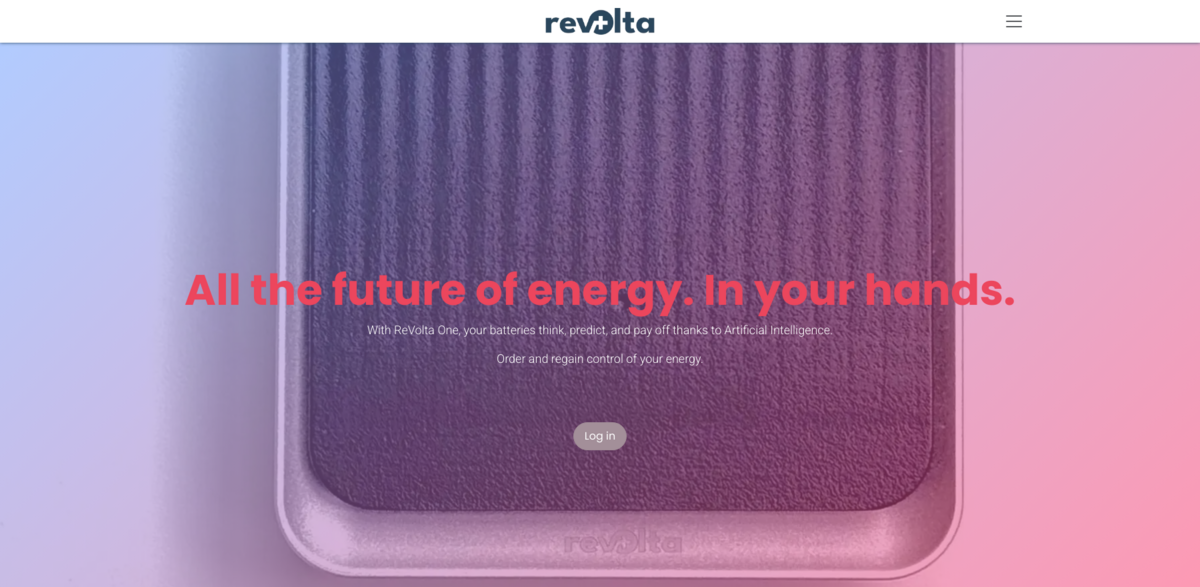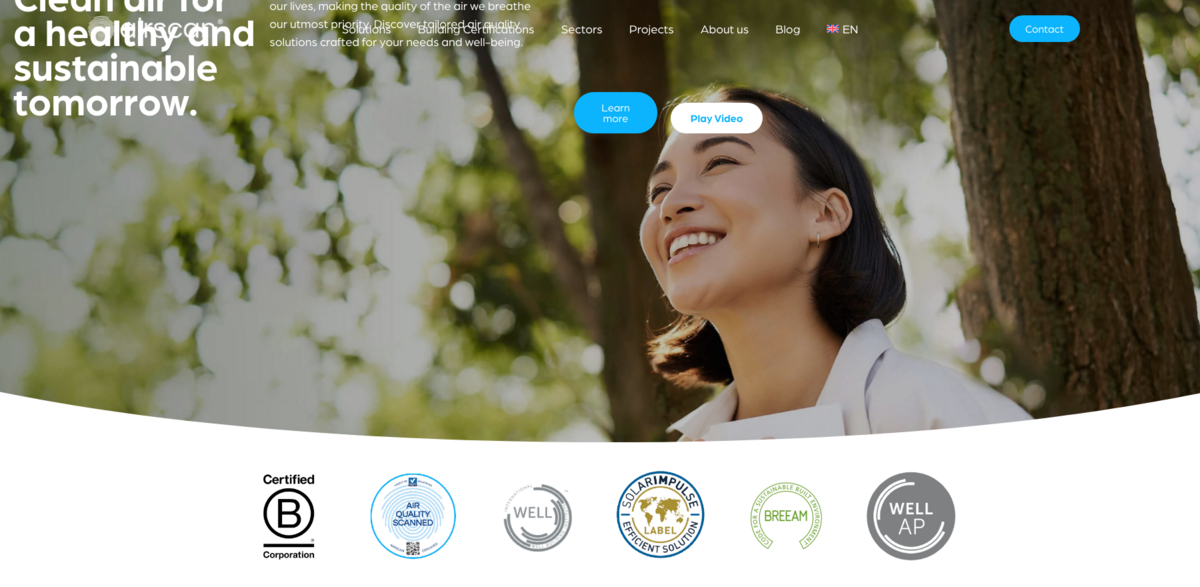Low Carbon Engineering for Complex Sites
HTS+ is Heyne Tillett Steel’s self-funded research initiative, bringing together a dedicated team of full-time research engineers, scientists, and software developers. Their mission? To push the boundaries of sustainability in structural design. By constantly enhancing knowledge and refining processes, HTS+ is shaping the future of low carbon engineering across the practice. It’s all about smarter, greener solutions for complex sites that demand innovation.
Main Benefits of HTS+ Research Initiative
Here’s what makes HTS+ stand out:
- Dedicated team combining engineering, science, and software expertise
- Focus on advancing sustainability and reducing carbon footprint
- Innovative approaches to complex structural challenges
- Continuous improvement of design knowledge and processes
- Integration of research outcomes into real-world projects
Masters of Adaptation: Transforming Buildings for New Uses
Buildings aren’t just static structures—they’re stories waiting to evolve. HTS+ excels at unlocking the hidden potential of buildings, adapting them for fresh, new purposes. Their deep construction knowledge means they spot opportunities where others see obstacles. It’s about giving buildings long, adventurous lives, proving that adaptability is key in sustainable construction.
Structural Engineering Expertise
HTS+ brings in-depth knowledge of UK construction, especially London’s unique landscape. This expertise ensures every project benefits from thorough analysis and understanding. Clients gain the confidence to make informed commercial and design decisions early on, setting projects up for success. It’s structural engineering with a sharp eye on both past and present.
Civil and Geotechnical Engineering Integration
The civil engineering team works hand-in-hand with other disciplines to provide comprehensive urban engineering advice. From drainage solutions to public realm design, their goal is to minimize costs, carbon emissions, and environmental impact. Meanwhile, the in-house geotechnical engineers collaborate closely with structural teams, crafting low-impact ground engineering solutions. They focus on foundation reuse, efficient design, and assessing subterranean constraints—making sure every layer of the project is optimized.
Project Impact: Sustainable Development Goals (SDGs) Linked to HTS+
- SDG 9: Industry, Innovation, and Infrastructure
- SDG 11: Sustainable Cities and Communities
- SDG 12: Responsible Consumption and Production
- SDG 13: Climate Action
- SDG 15: Life on Land
Featured Projects Showcasing Innovation
HTS+ has a portfolio packed with standout projects that highlight their expertise. Take Walworth Town Hall or 16 Chart Street—both examples of adaptive reuse and sustainable design. Then there’s The Standard, pushing the envelope in structural innovation. Not to forget 76 Southbank and Faraday Close, where civil and geotechnical engineering come together seamlessly. Each project tells a story of low carbon ambition and engineering excellence.





















